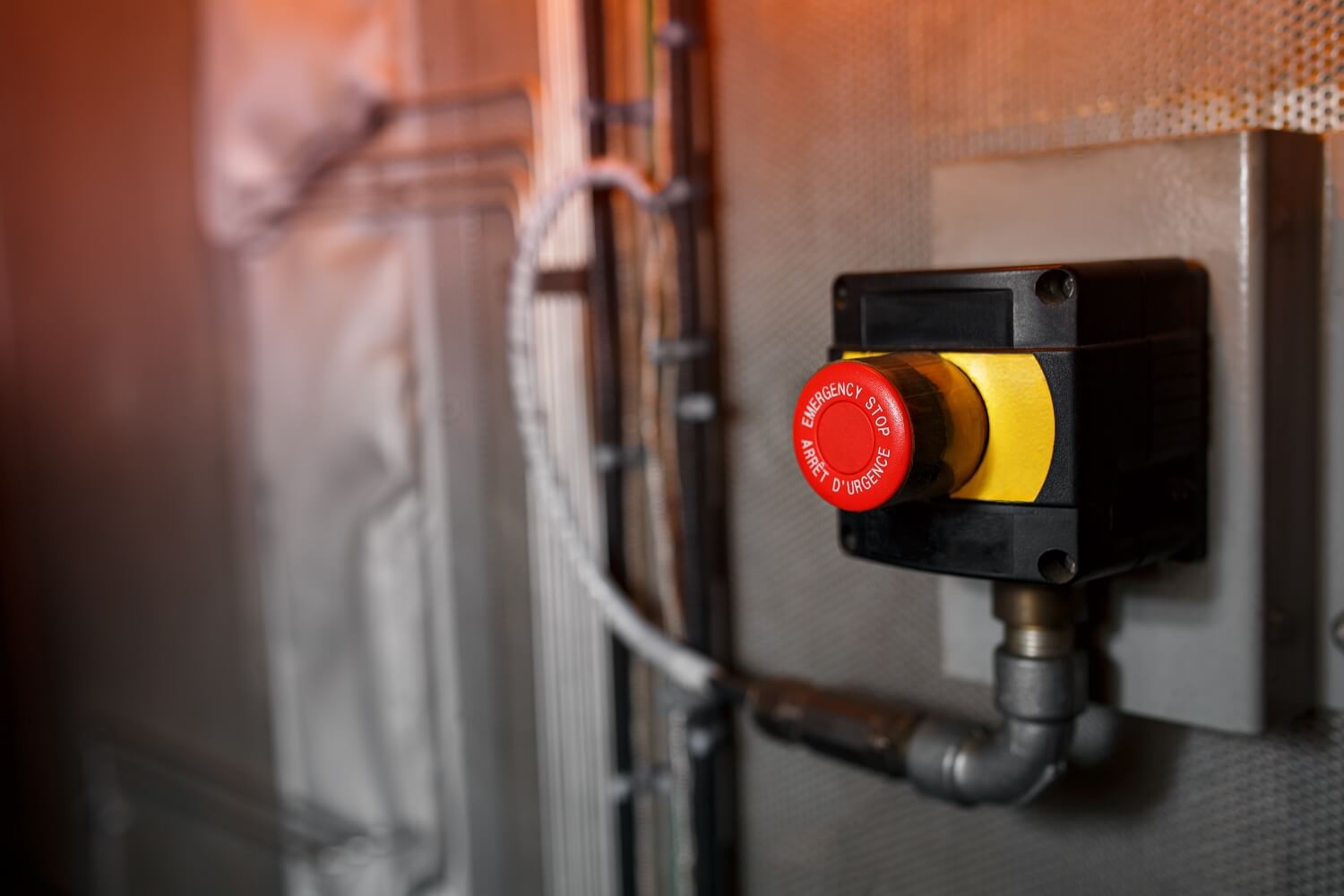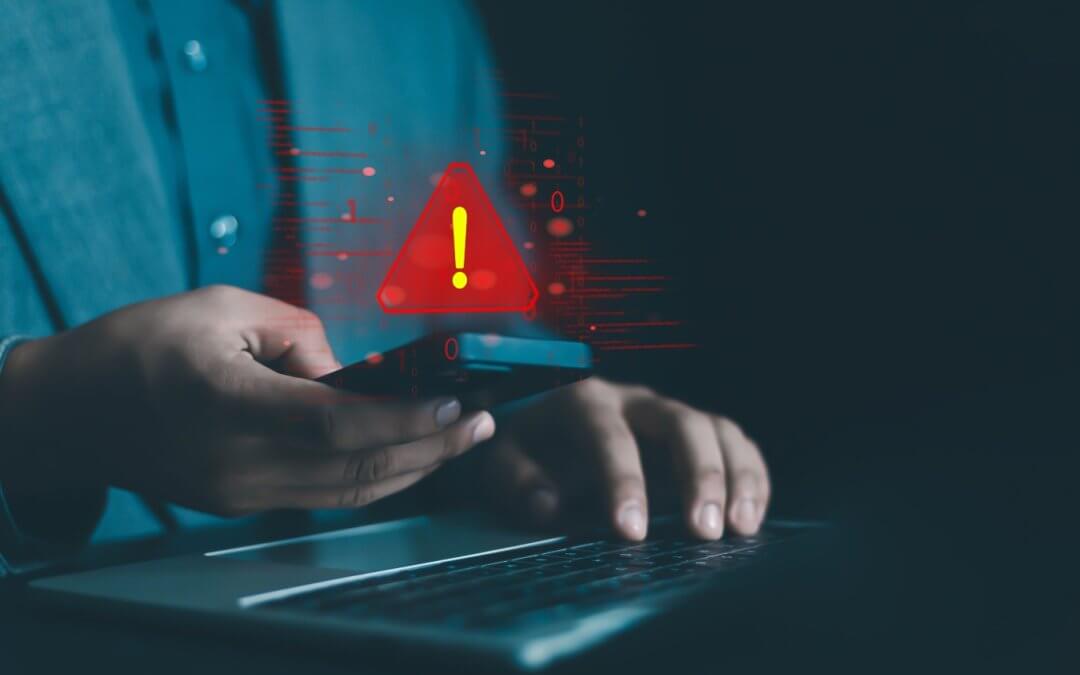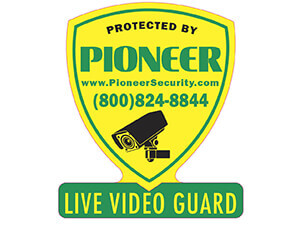Security teams often struggle with alert fatigue. Intrusion detection systems generate thousands of alerts daily. Many are false positives. Analysts waste hours investigating non-issues while real threats slip through unnoticed.
Efficient alert verification and escalation resolve this pain point. By filtering, validating, and prioritizing alerts, security teams focus on genuine threats. This reduces response times, strengthens incident detection, and prevents costly breaches.
Let’s explore how alert verification and escalation improve security operations. It covers processes, benefits, industry best practices, and practical implementation steps for organizations seeking higher cyber resilience.
What Is Alert Verification in Security Operations?
Alert verification is the process of confirming whether a generated security alert represents a real threat or a false positive.
How does alert verification work?
-
Trigger detection: A SIEM or IDS system raises an alert.
-
Initial triage: Analysts inspect event data, logs, and network activity.
-
Correlation analysis: Multiple alerts are compared for patterns.
-
Threat validation: Analysts or automated tools confirm malicious intent.
Example: An IDS flags outbound traffic to an unknown IP. Verification checks reputation databases and endpoint logs. If verified as malicious, the incident moves to escalation.
What Is Alert Escalation in Cybersecurity?
Alert escalation is the process of elevating a confirmed security incident to higher response levels.
Typical escalation process:
-
Level 1: SOC analyst validates and investigates.
-
Level 2: Incident is passed to senior analysts or forensic specialists.
-
Level 3: Critical breaches are escalated to incident response teams and management.
Example: A phishing email detected on one workstation becomes escalated when verification finds multiple compromised accounts, triggering a complete security incident response.
How Do Verification and Escalation Improve Security?
Alert verification and escalation strengthen cybersecurity defense by ensuring genuine threats are addressed promptly.
1. Reduce false positives
Verified alerts filter out noise. This prevents SOC analysts from wasting time on harmless events.
2. Improve Mean Time to Detect (MTTD)
Verification ensures faster identification of real threats. Escalation channels incidents to the right responders without delay.
3. Enhance Mean Time to Respond (MTTR)
Once escalated, incidents receive specialized attention, leading to quicker containment and mitigation.
4. Prevent breach amplification
Escalation protocols stop attacks from spreading across networks or escalating into ransomware events.
5. Ensure compliance and audit readiness
Verified and escalated alerts produce accurate incident reports. This helps meet frameworks like ISO 27001, SOC 2, or NIST guidelines.
Key Technologies Supporting Alert Verification

Modern SOCs use layered technologies to automate and improve verification accuracy:
Technology |
Function in Verification |
|
SIEM (Security Information and Event Management) |
Correlates logs and identifies suspicious events. |
|
SOAR (Security Orchestration, Automation, and Response) |
Automates triage and validation workflows. |
|
EDR (Endpoint Detection and Response) |
Monitors endpoints for malicious activity. |
|
Threat Intelligence Feeds |
Provides context on IPs, domains, and malware signatures. |
|
Machine Learning Models |
Detects anomalies and patterns, reducing false positives. |
Best Practices for Effective Alert Verification
-
Define verification rules: Create criteria to quickly flag false positives.
-
Integrate threat intelligence: Enrich alerts with real-time threat data.
-
Automate triage: Use SOAR playbooks to handle repetitive tasks.
-
Set confidence scores: Classify alerts by severity and likelihood of compromise.
-
Continuous feedback loops: Analysts refine detection rules based on past incidents.
How Escalation Protocols Strengthen Incident Response
Proper escalation ensures security events receive the right expertise and resources.
-
Clear escalation paths: Define who handles incidents at each level.
-
Role-based notifications: Alert the correct stakeholders via automated channels.
-
Service-Level Agreements (SLAs): Set response time targets for each alert type.
-
Incident handoff documentation: Ensure seamless transitions without data loss.
-
Escalation drills: Regularly test and improve the escalation process.
Real-World Impact: Case Study Example

A financial services firm receives 5,000 alerts daily from its SIEM. Before implementing verification and escalation:
-
False positive rate: 80%
-
Average incident detection time: 12 hours
-
Data breach incidents: 3 in one year
After implementing automated verification and structured escalation:
-
False positives reduced: 60% drop
-
Incident detection time: 2 hours
-
Containment speed: 70% faster
-
Data breaches: Zero incidents in the next 12 months
This shows verified and escalated alerts dramatically improve security posture.
Frequently Asked Questions
What is the primary goal of alert verification?
Alert verification aims to confirm the authenticity of security alerts, filtering out false positives and focusing resources on real threats.
How does escalation benefit SOC teams?
Escalation directs confirmed incidents to the right security experts, reducing response times and preventing incident spread.
Can alert verification be fully automated?
Automation handles repetitive checks, but human analysts validate complex, context-rich threats requiring judgment.
What are common escalation mistakes?
Common issues include unclear escalation paths, lack of documentation, missed notifications, and slow analyst handoffs.
Which metrics measure verification and escalation success?
Key metrics include false positive rate, MTTD, MTTR, escalation response time, and the number of incidents resolved at each escalation level.
Strengthen Security with Verified and Escalated Alerts Through Pioneer Security
Organizations overwhelmed by false alarms risk missing genuine attacks. Implementing robust alert verification and escalation processes enables security teams to detect, validate, and respond to threats faster and more effectively.
Pioneer Security specializes in designing and managing advanced SOC operations with automated verification workflows and proven escalation protocols. Protect your organization by contacting Pioneer Security today.



